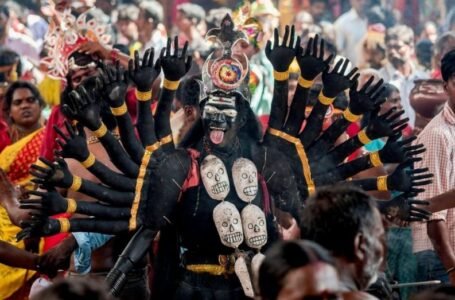Archaeological Marvels of Nagarjunakonda: Temples, Stupas, and Sculptures
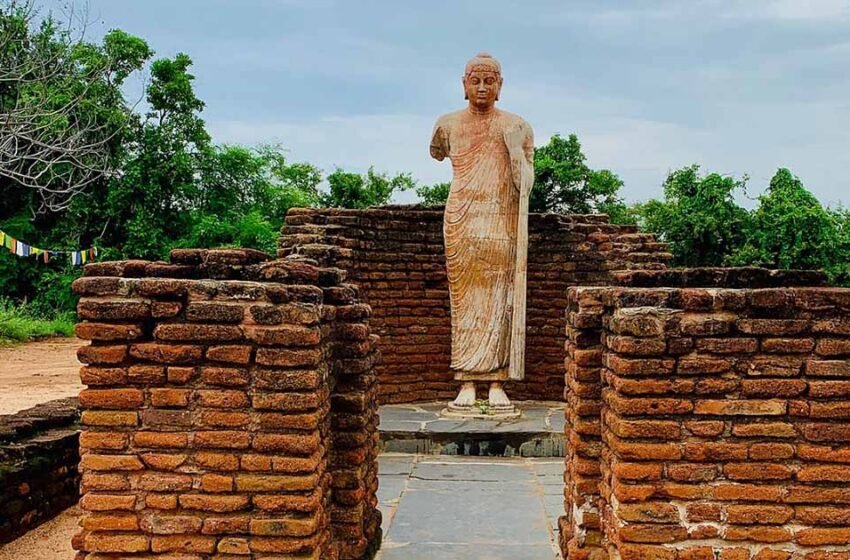
Nagarjunakonda was an historical town and also one of India’s sites that was embedded with rich Buddhist culture. This place possibly stood witness of a beautiful cohabitation of Hindu and Buddhist culture. The scriptures found here were so historically significant that they are now not only present in several museums in India but were also sent abroad for exhibitions. Located in Palnadu District of Andhra Pradesh, Nagarjuna is one of the tourist flooded regions of Southern India.

ORIGIN
When it comes to the name of this place It is evident from the 3rd–4th century inscriptions found there that it was called “Vijayapuri”. But there is still a lot of confusion surrounding it. While Konda in Telugu simply means hill, the current name Nagarjuna comes from its alleged connection to the famous Buddhist scholar of Mahayana Buddhism, Nagarjuna. However, the archaeological evidence at the location does not establish a connection to Nagarjuna.
Nagarjunakonda, once called Vijayapuri, was said to be founded in the third century BC. It was ruled by the Ikshvaku dynasty, a prominent ruling family in South India, and lay along the Krishna River. When the Ikshvaku king Vashishthiputra Chamamula constructed his capital Vijayapuri here in the first quarter of the third century, following the decline of the Satavahanas, the place gained prominence.
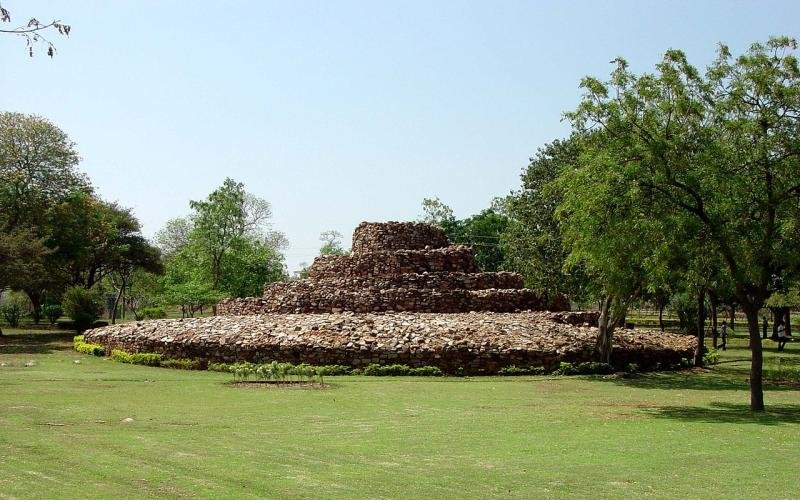
HISTORY
This place was only recognised as a potential archaeological site when the madras government heard about an ancient pillar sighting here in 1926 by a local man who happened to be a school teacher. Then followed a series of excavations by foreign archaeologists here as well. French archaeologist Gabriel Jouveau-Dubreuil started and made the first finds in 1926. After this, Under the leadership of A.H. Longhurst, English archaeologists coordinated systematic excavations between 1927 and 1931. The group apparently removed various Buddhist stupas and ruins of chaityas (prayer halls), viharas (monasteries) and other statues.
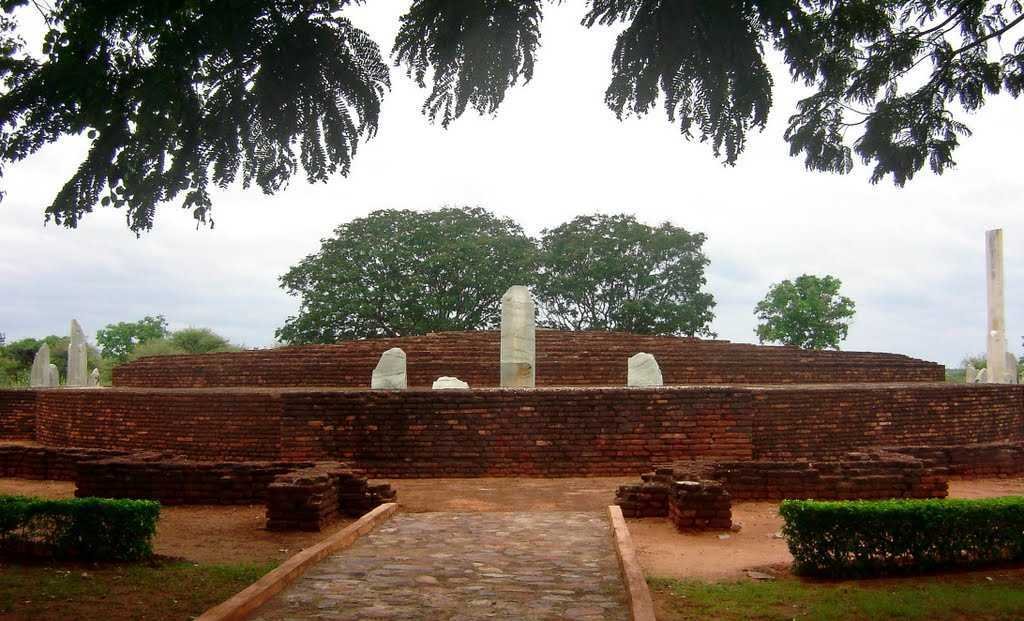
In 1954, when the proposal of construction of the Nagarjuna Sagar Dam threatened the site with submergence, a large-scale excavation led by R Subrahmanyam began to salvage the archaeological material. It is said to be the most significant phase of excavations that this town had witnessed. But despite the efforts, the construction of an irrigation dam in 1960 resulted in the original site being flooded by a reservoir and eventually submerging, causing what scholars like to call an archaeological disaster. Before the floods, a number of monuments were excavated and moved to the top of Nagarjuna’s Hill, where a museum was established in 1966. Some monuments were moved eastwards, onto the mainland, away from the submerged area.
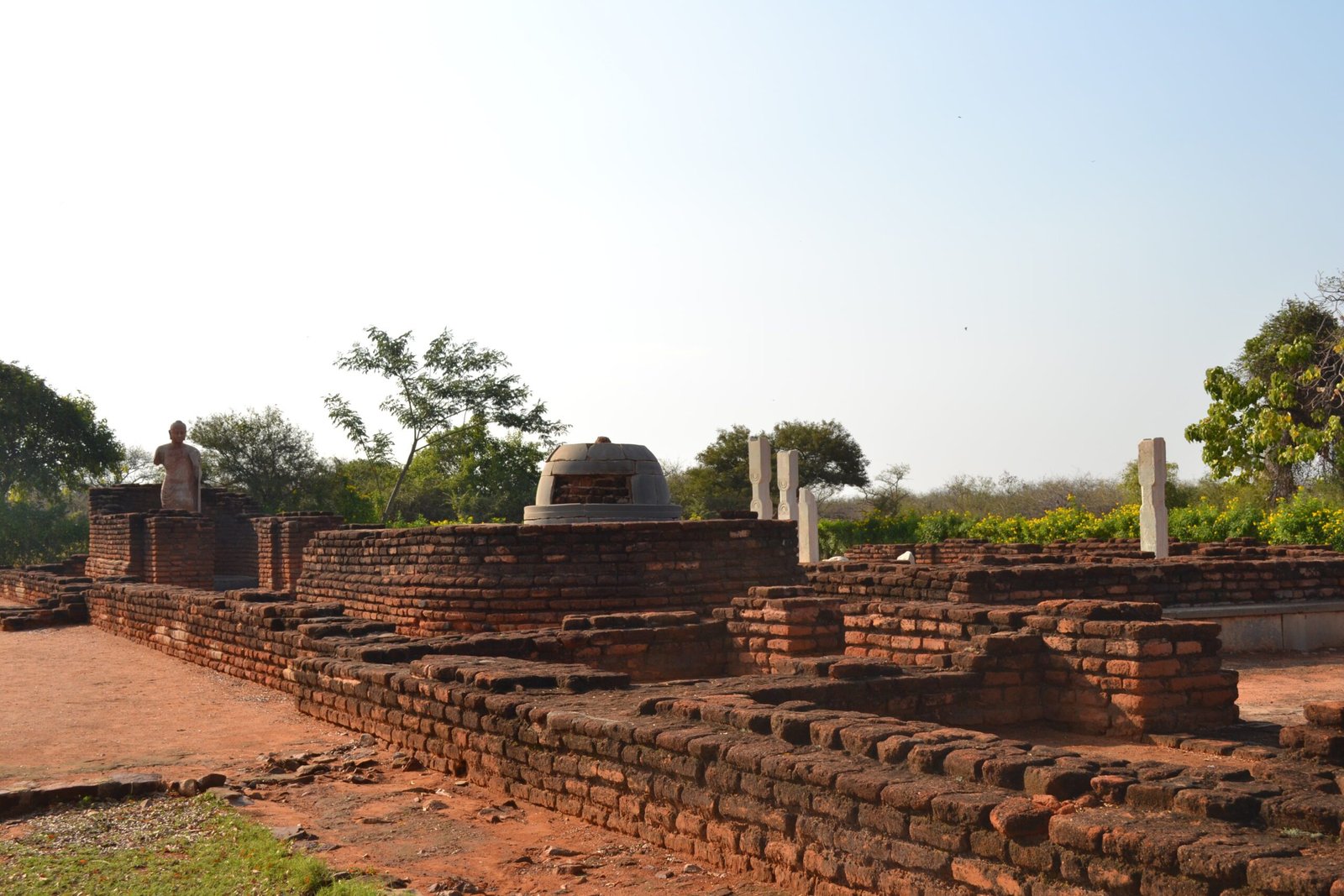
The excavations
Patronisation of Buddhism
The Ikshvaku kings Virapurusadatta, Ehuvula and their family members patronized Buddhism in this place. Constructions of temples and stupas were happening under sponsorship of the state and even the non-royals started to endorse works here because eventual excavations found evidences with names of people that were not a part of the royal lineage. The excavation resulted in the discovery of many Buddhist ruins like stupas, temples, pillared pavilions, and a white marble statue of Buddha. Numerous abandoned stupas of all sizes, ranging from small 8-foot-diameter constructions to massive 106-foot-diameter structures like the Great Stupa, are scattered throughout the valley and at the eastern side of the hill.

Shaivite influence
As mentioned earlier, the excavations reveal presence of Hindu and Buddhist traditions coexisting. Though smaller in number compared to Buddhist relics, the Hindu relics found here all portray Shaivite form of Hinduism being followed here. One of the temples contained an inscription designating the god as “Mahadeva Pushpabhadraswami” as shiva. There were two more shrines that had stone representations of Kartikeya who was also known as Murugan. Another Shiva shrine is mentioned in an inscription discovered at an excavated shrine.

The inscriptions
The inscriptions found at Nagarjunakonda emphasize the diversified aspect of Buddhist activities in the area, revealing the diverse origins of the monks. The Nagarjunakonda inscriptions, dating most likely from the late third to early fourth centuries CE, are the oldest significant Sanskrit inscriptions found in South India. These inscriptions, which have ties to Buddhism and Hinduism’s Shaivism school, contain both conventional and hybridized Sanskrit. These are written in Brahmi script and Prakrit language and were primarily found on stone pillars, slabs, and sculptures.
Current position
Located in the Guntur district, Nagarjunakonda Island is not directly accessible and one needs to take a ferry to reach there. The construction of the dam, which began in the 1960s, posed a significant threat to the historical and cultural heritage of the site. However, due to the efforts of the Archaeological Survey of India and other preservation agencies, many of the important artifacts and structures were relocated to a museum on an island within the reservoir.
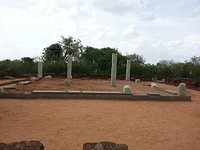
The famous Nagarjunasagar Dam is the tallest masonry dam in the world. The excavated remains of the Buddhist civilisation were reconstructed and preserved at a museum on the island situated in the midst of the man-made Nagarjuna Sagar Lake. This museum allows the tourists to look into this place’s history. Despite the submergence of much of the ancient city, the site continues to attract tourists, scholars, and Buddhist pilgrims from around the world. The area surrounding the Nagarjunasagar Dam is also a popular destination for its natural beauty and serene environment, making it a unique blend of history and nature.
More excavation and preservation work to unearth and safeguard more of Nagarjunakonda’s historical riches has been discussed in recent years. The government and archaeological organizations are still looking for ways to protect the surviving buildings and artifacts and develop the location as a travel destination for cultural tourism.

Conclusion
Nagarjunakonda is a representation of the religious and cultural heritage of ancient southern India. It is a site of great historical value due to its role as a hub of Buddhist learning and its profound impact on Indian art and architecture. The Nagarjunasagar Dam submerged a large portion of the ancient city, but efforts to conserve its cultural legacy serve as a reminder of the need to strike a balance between modern development and the preservation of historical riches.
Nagarjunakonda’s legacy continues as a landmark that inspires scholars, historians, and visitors alike. It provides insightful historical perspectives and serves as a reminder of the significance of safeguarding our cultural heritage for future generations.

